In B2B tech marketing, your landing page is often the moment of truth. It’s where curious people from your ads, LinkedIn posts, or email campaigns decide whether to take the next step — or leave. That’s why getting your landing page right is so important.
A well-built page can turn interest into real business. A weak one? It can waste your time, budget, and traffic. That’s where B2B landing page optimization comes in — making sure every part of your page helps more people say “yes” to what you’re offering.
At Onboard, we’ve run more than 7,000 programs for clients in cloud tech, industrial software, cybersecurity, and more. Over time, we’ve learned what works (and what doesn’t). We’ve gathered the most important lessons into these seven best practices to help you improve your landing pages and get better results.
1. Match Your Page to Its Primary Objective
Before you build or optimize any landing page, you need one thing clear: What’s the single most important outcome you want?
A strong landing page doesn’t try to do everything. It does one thing well — and every element on the page should support that one goal.
Here are a few examples:
- Lead Generation?
Keep your copy focused on the offer’s value, make your CTA action-oriented (“Book a Demo,” “Get the Guide”), and remove distractions such as header navigation menu and footer that contains many links and buttons. Support with proof points or short testimonials that reduce hesitation. - Brand Awareness or Thought Leadership?
Educate. Use strong visual hierarchy, offer insight-driven content like comparison guides or industry trends, and give the visitor a reason to engage — even if they’re not ready to convert yet. - Event or Webinar Registration?
Highlight urgency (date/time), keep the form light, and answer “Why attend?” in the first 2–3 seconds of reading.
📌 The best-performing pages we’ve seen at Onboardall start with a clear goal — and ruthlessly align their message, CTA, and visual design to serve it.
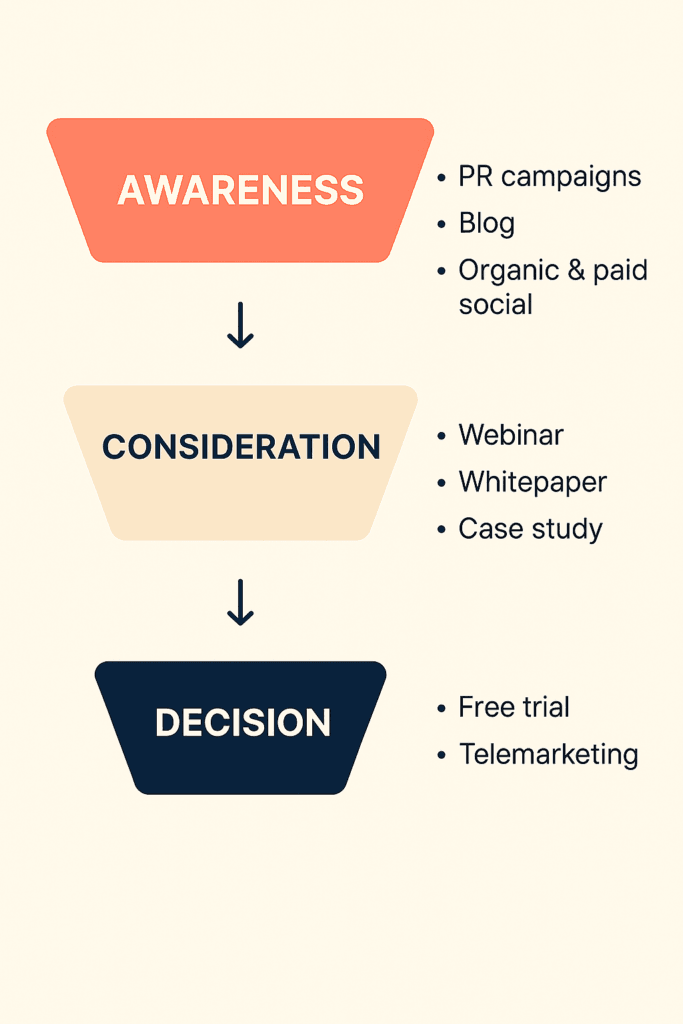
2. Build for A/B Testing — Not Just for Launch
One of the biggest mistakes we see in B2B campaigns? Teams build a landing page, launch it, and leave it untouched — even when performance stalls.
Top-performing B2B marketers treat their landing pages as live experiments. Every headline, CTA, and form layout is a chance to test what works.
Here’s what to test — and why it matters:
- Copy: Short vs. long headlines. “Start Now” vs. “Download the Report.” B2B audiences respond differently based on role and industry.
- CTA buttons: Try bold vs. subtle, high vs. low placement, static vs. sticky. Even small changes can affect conversion rates.
- Form styles: Short vs. long. Multi-step vs. single field. Gated vs. “open access” with CTA follow-up. Use tools that let you switch formats quickly.
- Gating strategy: Test the value of ungating high-funnel content and shifting the lead capture to later. Sometimes lower friction = better results.
📌 The key is modular design: If your page is built in flexible blocks, you can run tests without rebuilding from scratch — saving time while learning faster.
At Onboard, we often see 30–50% lift in conversion rates just from iterative headline and CTA testing — without changing the underlying offer.
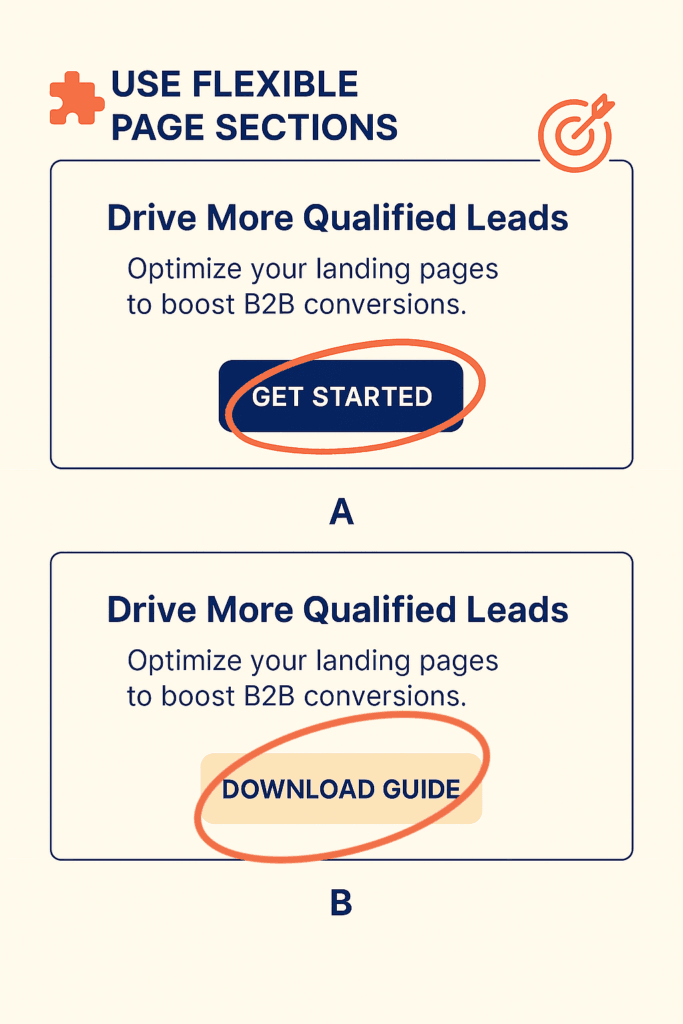
3. Make Sure the Page Loads Fast — Especially on Mobile
Plenty of your visitors are checking emails or clicking ads from their mobile devices — and if the page doesn’t load fast, they’ll bounce without hesitation.
To avoid wasting clicks (and budget), your landing page must be both lightweight and responsive. That means fast load speeds and layouts that adapt seamlessly to a range of screen sizes — from small smartphones to tablets.
Here’s what that looks like in practice:
- Compress large images without compromising visual quality
- Avoid unnecessary animations or bulky third-party scripts
- Use a responsive design framework to ensure content scales naturally
- Test your layout across multiple mobile screen sizes
- Aim for a load time under 2-3 seconds — it’s a conversion killer if you don’t
📌 Being mobile-optimized isn’t optional anymore — especially in B2B campaigns where users engage across channels on the go.
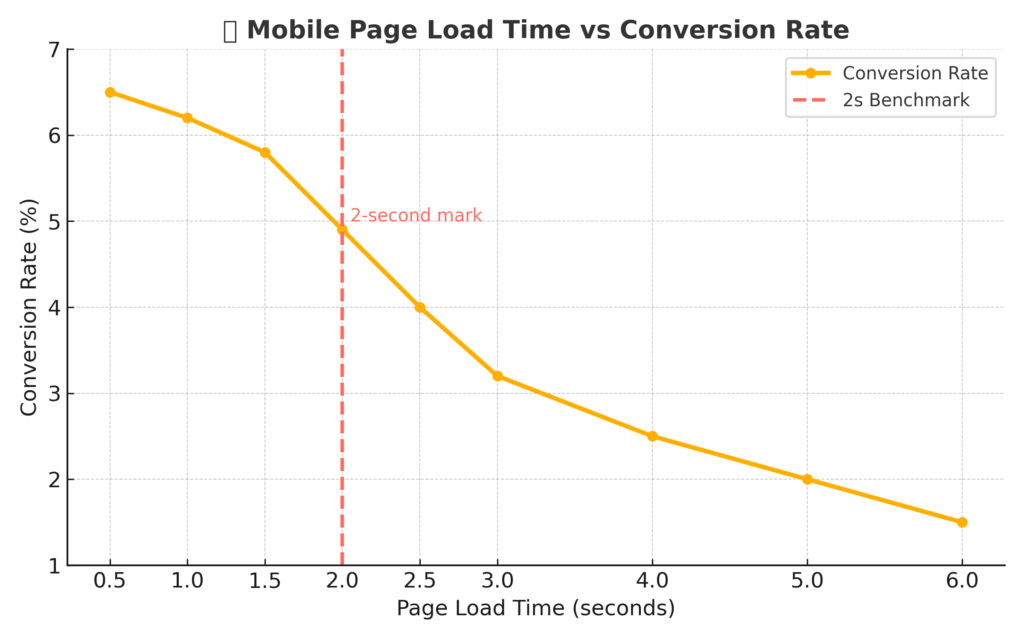
4. Don’t Overload the Form
Yes, you want useful information from your leads. But if your form looks too long or asks for too much, people will not fill it up.
Start with the basics — name, email, company, and maybe one other thing, like job title. You can always ask for more details later. Some tools even help fill in company info behind the scenes so you don’t have to ask.
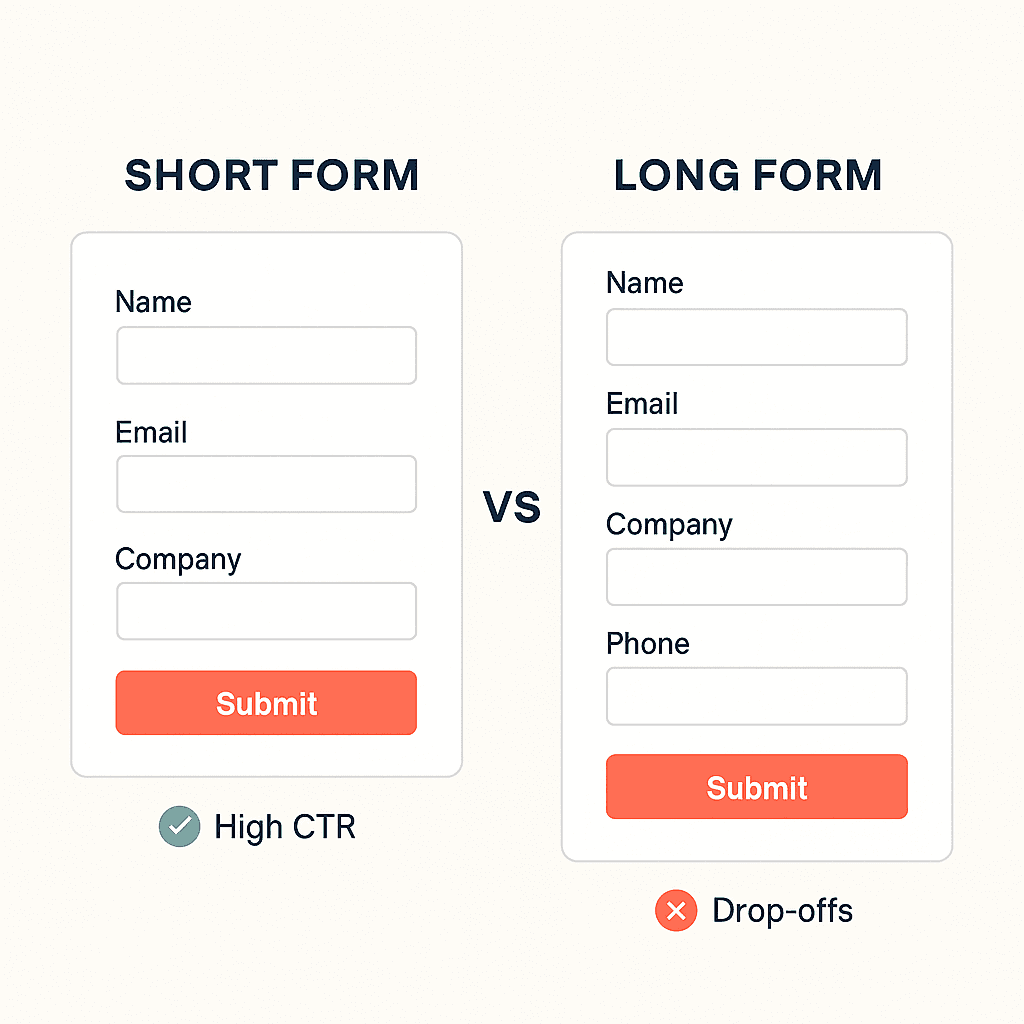
5. Add Signs That People Can Trust You
B2B buyers are careful — they want to know they’re making a good choice. Show that others have already trusted you.
Include logos of well-known customers, short quotes from happy clients, or a quick stat about your results — like “[INSERT EXAMPLE of success rate].” It doesn’t have to be a long story — just enough proof to give people confidence.
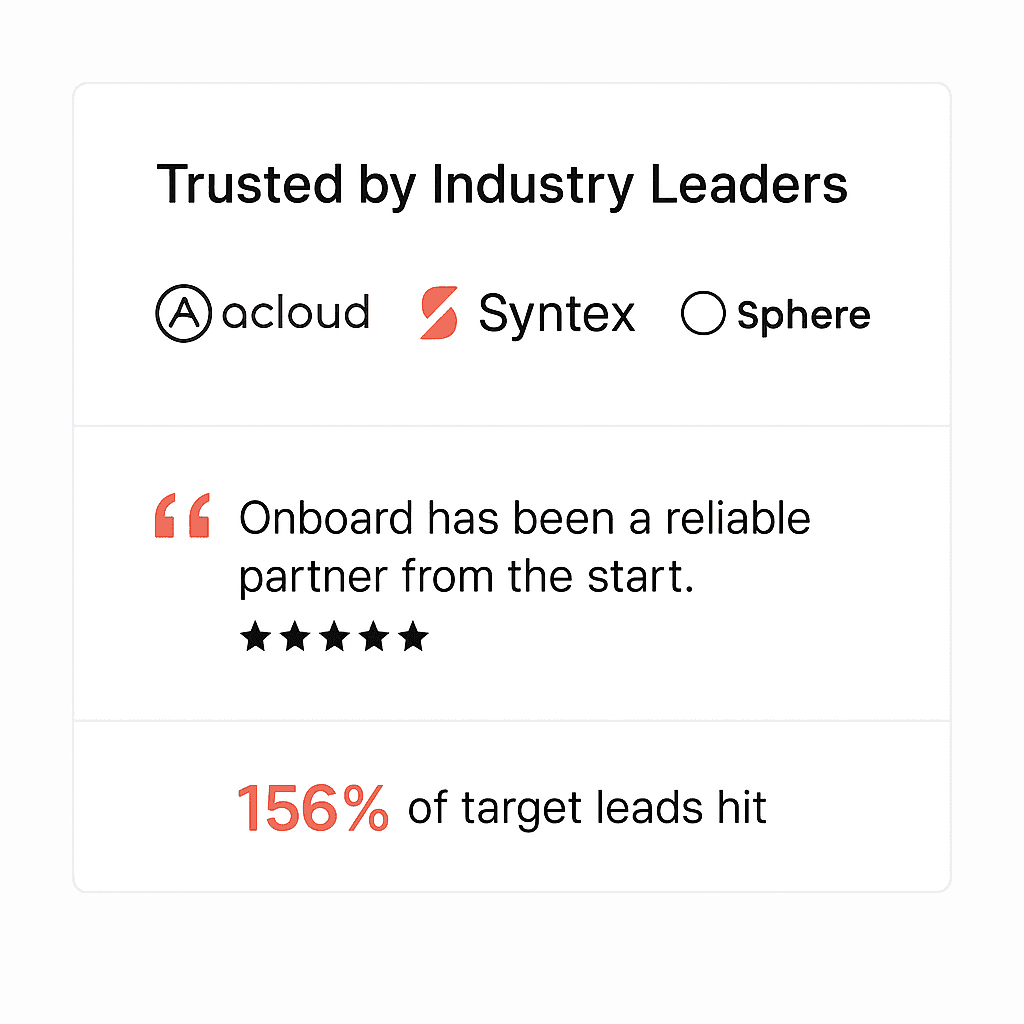
6. Make It Easy to Take Action — Even if They’re Not Ready Yet
Not everyone will fill out your main form right away. That’s okay. Give them other ways to keep in touch — like a button to “Talk to someone,” a link to download more content, or an invite to a webinar.
Also, keep your main call-to-action visible as they scroll. A simple sticky button or top banner helps remind people what to do next, without getting in the way.
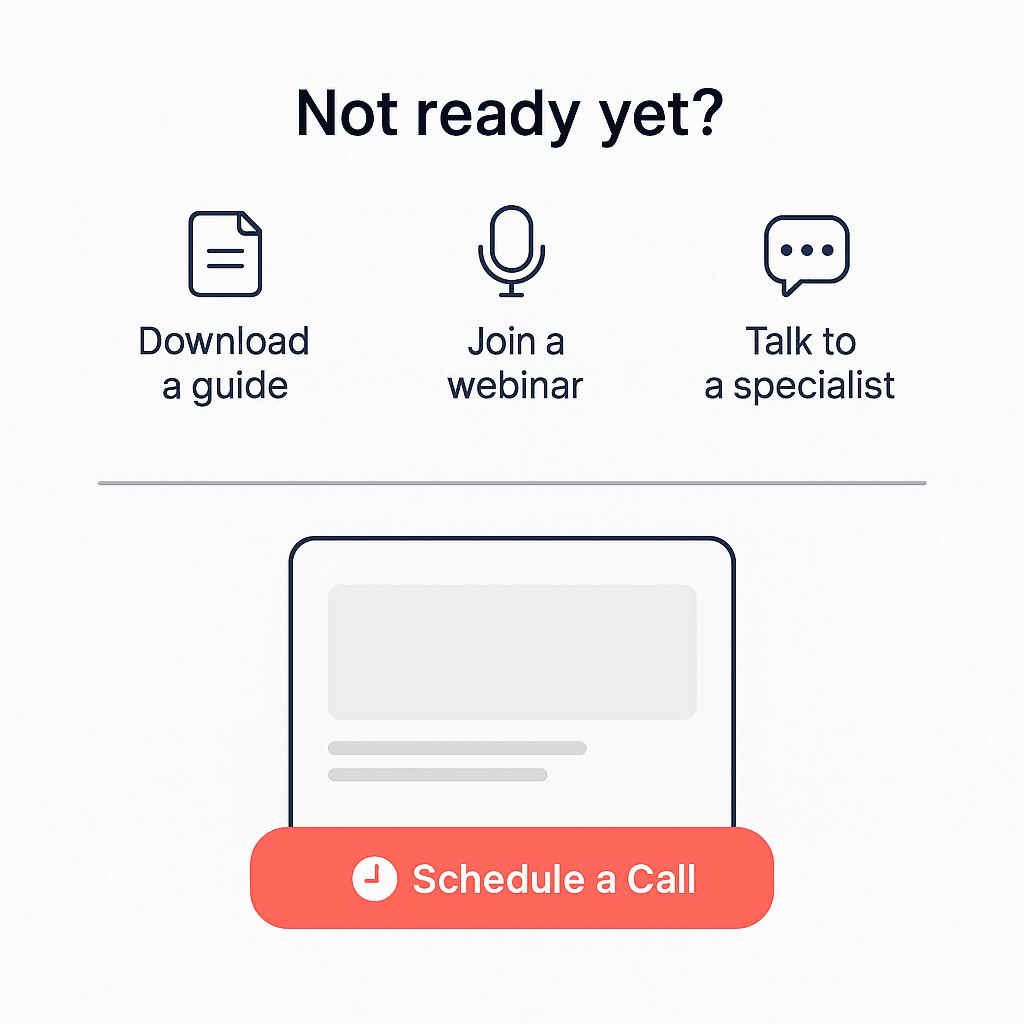
7. Look at What People Are Doing — Not Just Form Submits
It’s not just about how many people fill out your form. Are they watching your video? Scrolling halfway down the page? Clicking your customer logos? These small actions tell you what’s working and what’s not.
Use tools like Hotjar or Microsoft Clarity to see how visitors behave on your page. These tools help you spot where people lose interest, where they pause, or what grabs their attention — so you can make changes based on real data.
You don’t need to rebuild your whole landing page to make it better. Small improvements — better messaging, fewer form fields, faster load times — can add up to more leads and stronger sales.
If you want help making your landing pages clearer, faster, and more effective, let’s talk. Our team at Onboard knows how to get more value from every campaign.



